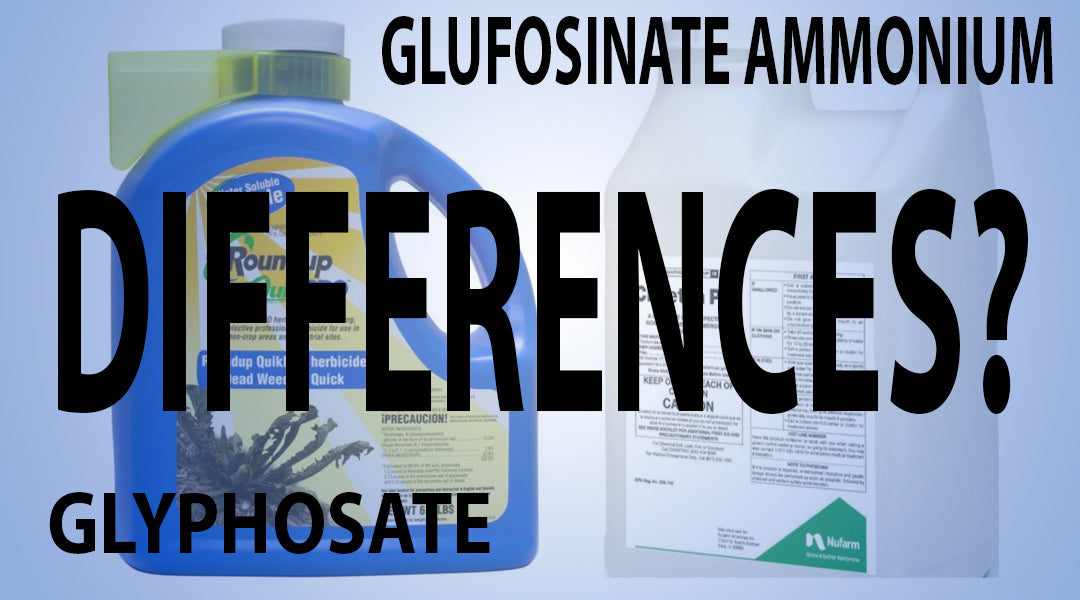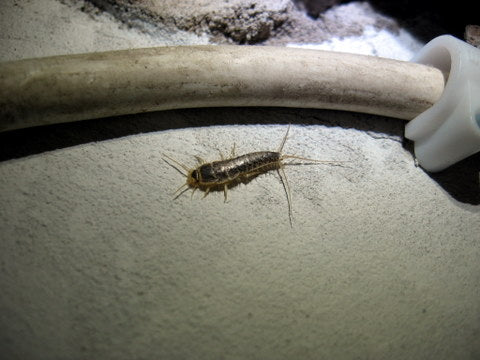Blueberries are a wonderful treat, but buying them from the store can be expensive. This makes them a great option to grow yourself since you can enjoy the berries for much cheaper. Whether you're growing them for your own treat or as a crop to sell, we'll go through the basics about how to grow, maintain and protect your blueberry plants.
The Blueberry Plant

Blueberry is the name for the fruit of several members of the Vaccinium genus. These plants are native to North America, and they have oblong, pointed leaves. During the late spring, they produce clusters of bell-shaped white blooms that will become your blueberries.
The berries will be a deep blue that verges on purple when ripe. The exact specifications will vary by species since each one can withstand different climates and may ripen sooner or later depending on what they have been bred for.
Location and Soil

All varieties need full sun in soil that is rich and well-drained. The soil should be acidic, with a pH of 4.0 to 5.2 for best growth. When selecting a plant, look for bare-root plants that are already 2 or 3 years old. These will start producing faster and have less risk of shock.
However, you should still expect it to take up to 6 years to get your full harvest size after planting. Mulching after planting with things like pine needles or evergreen wood chips can help keep your soil acidified enough for blueberries. Blueberries don't like strong winds, so make sure you pick a sheltered area that still gets plenty of sunlight.
Varieties

The variety you choose for planting depends on your climate and intended location. Northern climates with a cold winter can use the traditional highbush (Vaccinium corymbosum), lowbush (Vaccinium angustifolium), and a hybrid of the two called half-high blueberries.
There are several named varieties of each type, so be sure to look into them to find the best for your area. If you lack a cold winter, the southern highbush varieties or the rabbiteye (Vaccinium virgatum) might be better for your garden. If you don't have much garden space, there are dwarf varieties that can be grown in containers.
Most of these max out at 2 feet in height and still produce a decent yield. These include Dwarf Northblue, Dwarf Tophat, and several others in the Bushel and Berry series.
Best Practices

Once planted, make sure you don't fertilize for the first year. The roots will be sensitive to salt until they are fully established. After this, stick with fertilizer for acid-loving plants. You can buy special blueberry fertilizers, or ones meant for azaleas.
Stick with aluminum sulfate over aluminum sulfur since the sulfur variety can lower pH. If you notice yellowing of the leaves or other signs of iron deficiency, it is likely caused by improper pH rather than the soil lacking iron. You should also prune off the flowers until the third year to ensure your plants have vigorous early growth.
After this, you should prune any older, gray branches and encourage new growth. Prune any smaller branches and try to keep the bush open so the berries will be exposed to light. You should also prune any branches that could result in the fruit touching the ground.
Pests and Diseases

Several pests can damage your blueberry plants. The most obvious threats are birds since birds love blueberries. Covering your plants in bird netting can help, or doing the old school trick of painting rocks to look like berries so the birds learn to avoid pecking anything blue. Large patches can also be protected by bird deterrents such as the machines that play bird distress calls. Several diseases can affect blueberries.
Fungal Diseases
The biggest to note is called mummy berry. Mummy berry is caused by a fungus and results in fruits that appear mummified. The best cure is proper sanitation and clean-up of any potentially infected fruit and flowers.
Botrytis blight causes similar issues and is seen mainly in dead twigs. It is caused by wet weather or damage from rapid growth. It can be controlled by removing dead twigs as well as using fungicides during wet weather.
Phomopsis twig blight affects twigs after excessive temperature fluctuations during winter. Prune back any discolored branches or twigs to help control it. Fungicide can also help. If you know certain fungal diseases are common in your area, look for resistant varieties.
Powdery mildew is a common problem in many areas. The only thing that can really help is planting a resistant variety.

Insect Pests
Blueberry maggots are a known pest in many areas. These are small, legless maggots that eat the fruit. The adult fly has a distinctive plack pattern on clear wings with a black and white striped abdomen. The female will lay eggs under the skin of ripening fruit. Malathion applied according to package directions can help, but look into local regulations for your area to decide what to use.
Blueberry bud mites are so small they can only be seen with a microscope. The signs of its presence include a rough texture to berry skin and distorted flower buds. Malathion mixed with ultra-fine horticultural oil can help. Once again, check local regulations for what is allowed in your area.
Blueberry budworm is a cutworm that develops in weeds that may grow under your blueberry bushes. Cutworm traps can help, as well as practicing clean cultivation.
Cranberry fruitworm feed on berries by entering the stem. They will move between fruit in a cluster. The adult moth normally overwinters near the berry patch in debris. Cleaning up the area can help remove the moth, and removing any obviously infested fruit clusters can help. Malathion and Bacillus thuringiensis applications can help. Make sure to read the label for dosage.
The Plum curculio are small beetles that can be controlled the same way as the cranberry fruitworm.
Cranberry rootworm is a larva that feeds on the roots of bog plants like cranberries and relatives. Plowing a full year before planting can help if they are a problem.
Cranberry weevils are dark brown or black in color. They lay eggs in swelling leaves and fruit buds. The larva then eats the flowers and causes damage. Clean cultivation, destroying nearby wild blueberries, and removing any shelter for the adults can help. Malathion and methoxychlor can both help if applied as the buds are swelling.
Blueberry thrips attack terminal leaves early in the spring. These leaves will remain rolled while the thrips feed. Malathion can help so long as it penetrates the rolled leaves. Less common pests don't always target blueberries or cause damage and need little or no control.
Cherry fruitworm occasionally attacks blueberries and can be controlled with anything meant for cranberry fruitworms.

Blueberry flea beetles are small, bronze beetles that feed on leaf margins during midsummer. They typically don't need much control since they aren't common. Always look into what tends to be a problem in your area and learn about control methods when you are ready to start planting. Some pests are more common in some areas.






Leave a comment (all fields required)